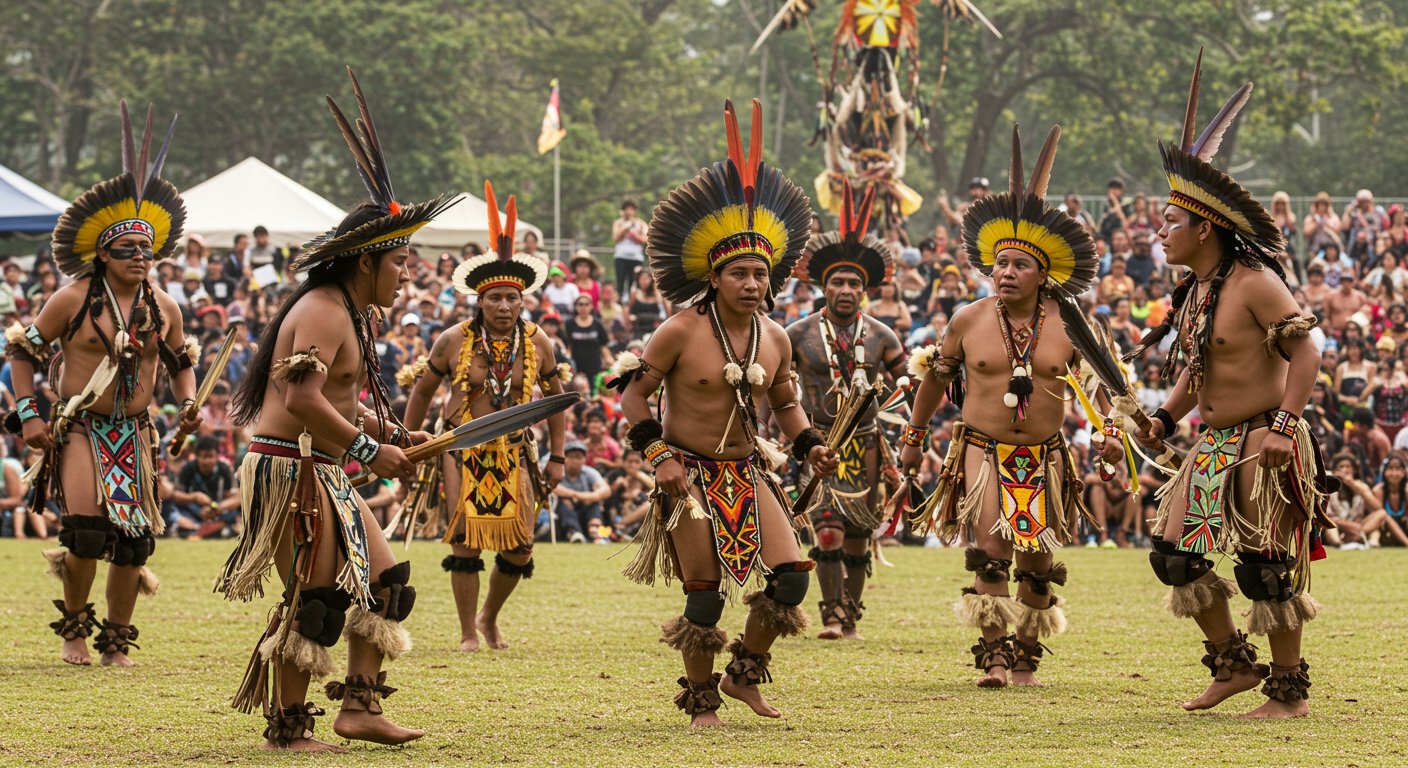To truly experience a destination, a traveler must look beyond the mainstream and engage with the foundational cultures that have shaped the land for millennia. Seeking out Indigenous Culture and Festival Highlights offers a rare and vital opportunity to learn from the original custodians of the land, gain profound insight into sustainable living, and witness ceremonies and traditions passed down through countless generations. This commitment to cultural immersion requires respect, research, and a clear understanding of the difference between respectful observation and cultural tourism exploitation.
The festivals and cultural highlights presented by Indigenous communities are not simply performances for tourists; they are sacred, social, or historical events that maintain the cultural memory and cohesion of the people. By approaching these events with humility and a genuine desire to learn, the traveler contributes positively by acknowledging their significance and supporting the economic survival of the community. This mindful approach ensures the experience is enriching for both the visitor and the host.
Vetting the Experience: Authenticity and Respect
Before committing to attending any event or visiting a community, travelers must conduct due diligence. The most important Indigenous Culture and Festival Highlights are those run by and for the community, ensuring authenticity and ethical engagement.
- Prioritize Community-Led Initiatives: Look for festivals and tours that are explicitly organized and managed by the Indigenous community itself. This guarantees that the money goes directly to the people and that the presentation is culturally appropriate and governed by local protocols.
- Seek Permission: If planning to photograph, always check the guidelines beforehand. In many cultures, photography of sacred objects, individuals, or rituals is strictly forbidden. If permissible, seek explicit permission from the subjects, ensuring you follow the Indigenous Culture and Festival Highlights rules established by the community leaders.
- Avoid Stereotypes: Be wary of events that appear to cater solely to fulfilling exotic stereotypes. Genuine cultural exchanges are educational, sometimes challenging, and often quiet or meditative, not necessarily high-energy or extravagant.
Top Indigenous Culture and Festival Highlights Globally
While it is impossible to list every important event, several major Indigenous Culture and Festival Highlights offer extraordinary opportunities for respectful engagement and witnessing unique heritage.
1. The Highland Games (Scotland)
While often viewed as a national celebration, the Highland Games are rooted deeply in Gaelic and clan culture. These gatherings feature traditional music, dancing, and athletic competitions (like the caber toss), which historically served to select the finest warriors and entertainers. Attending these games offers a powerful connection to the ancient Celtic Indigenous heritage of the region, allowing the traveler to witness the deep pride and preservation of centuries-old traditions.
2. The Naadam Festival (Mongolia)
This “three games of men”—wrestling, horse racing, and archery—is the primary national festival of Mongolia, but its roots are purely nomadic and Indigenous. Held in July, Naadam is a spectacular display of Mongolian horsemanship and strength. The festival is a vital cultural event, showcasing the skills and traditions that have defined the Mongol people for thousands of years. It is an extraordinary example of preserving a nomadic way of life through competitive celebration.
3. Powwows (North America)
Across the United States and Canada, hundreds of Indigenous nations (including the Navajo, Lakota, and Cherokee) host annual Powwows. These are gatherings of communities for ceremonial dancing, singing, visiting, renewing friendships, and celebrating cultural heritage. The events are vibrant, spiritual, and deeply important social highlights. Travelers are generally welcome but must be mindful of rules regarding photography and when to stand or sit during different dances.
4. Inti Raymi (Peru)
Originating as the religious festival of the Inca Empire honoring the sun god Inti, this festival is revived and celebrated today in Cusco. It involves dramatic, highly choreographed processions and ceremonies in Quechua, celebrating the winter solstice. It is one of the most significant Indigenous Culture and Festival Highlights in South America, offering a powerful, living connection to the Andean heritage.
Engaging Mindfully and Supporting the Future
When attending these highlights, remember to spend your money responsibly. Buy crafts directly from the artisans at the event, eat at local community food stalls, and consider making a direct, voluntary donation to the community if an entry fee is not charged. Learning a few phrases in the local Indigenous language is always appreciated and signals genuine respect. By approaching these events not as a spectator, but as a respectful guest, you ensure that the cultural exchange is mutually enriching and contributes to the sustainable preservation of these vital heritages.


